As You Press The Shutter
Some Comments On The Thought Process

As you press the shutter, what are you pointing your camera at and why? Regardless of whether it is fast action or on a tripod after deliberation, those are not simply uninformed snap decisions. What makes them informed and the inputs that make them so is what this essay is about.
There are all sorts of expressions acknowledging that people see things differently: “marching to your own drummer”, “everybody is watching their own movie”, “having one’s own point of view”, illustrate the point, but the nub of these insights is that not only do individuals color their perceptions differently, but they do so in large measure by virtue of what they project on to what they are looking at. And what they project and therefore what they perceive is a largely individual function of who they are and how they got that way.
Entire books have been written about this sort of thing and I don’t mean to reprise what others have deeply explored in a scholarly fashion. Richard Zakia’s Perception and Imaging – Photography – A Way of Seeing is an outstanding venerable example. For a related academic take and deeper dive down the rabbit hole, check out “semiotics” and “semiotics of photography” on Wikipedia. That is beyond my paygrade and this is a much more modest discussion.

Hermann Rorschach was a Swiss psychologist who was interested in diagnosing schizophrenia using a series of inkblots. By carefully gauging the responses of patients to viewing these abstract forms he gained insight into their personality characteristics and emotional functioning. Later on, others expanded the technique’s use for all sorts of things including assessing creativity. Wikipedia in its discussion gives this observation:
The Rorschach can be thought of as a psychometric examination of pareidolia [incorrect perception], the active pattern of perceiving objects, shapes, or scenery as meaningful things to the observer’s experience, the most common being faces or other pattern of forms that are not present at the time of the observation.[5] In the 1960s, the Rorschach was the most widely used projective test.
The Rorschach test, by itself, is not a reliable guide to personality evaluation without a lot more sophisticated input from knowledgeable professionals and other kinds of evaluations. * It is, however, a useful paradigm for understanding what we, as photographers, are doing when we point our cameras at something and press the shutter.
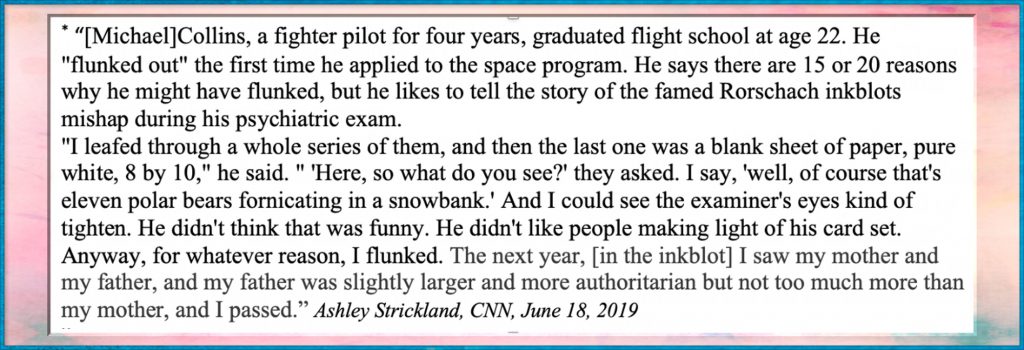
This brings me to the central theme of this essay: that photography can be thought of as a kind of big Rorschach experiment in which you, the photographer, react to what you have decided to photograph and which, in turn, influences what you include in the frame, what you exclude from the frame, the chosen angle of view, what you put in the foreground, middle ground, and/or background, and a myriad of other variables. This picking and choosing, it seems to me, is a function of what is rattling around in one’s head and is projected, a la Rorschach, onto the subject matter in front of the photographer and informs the creative process.
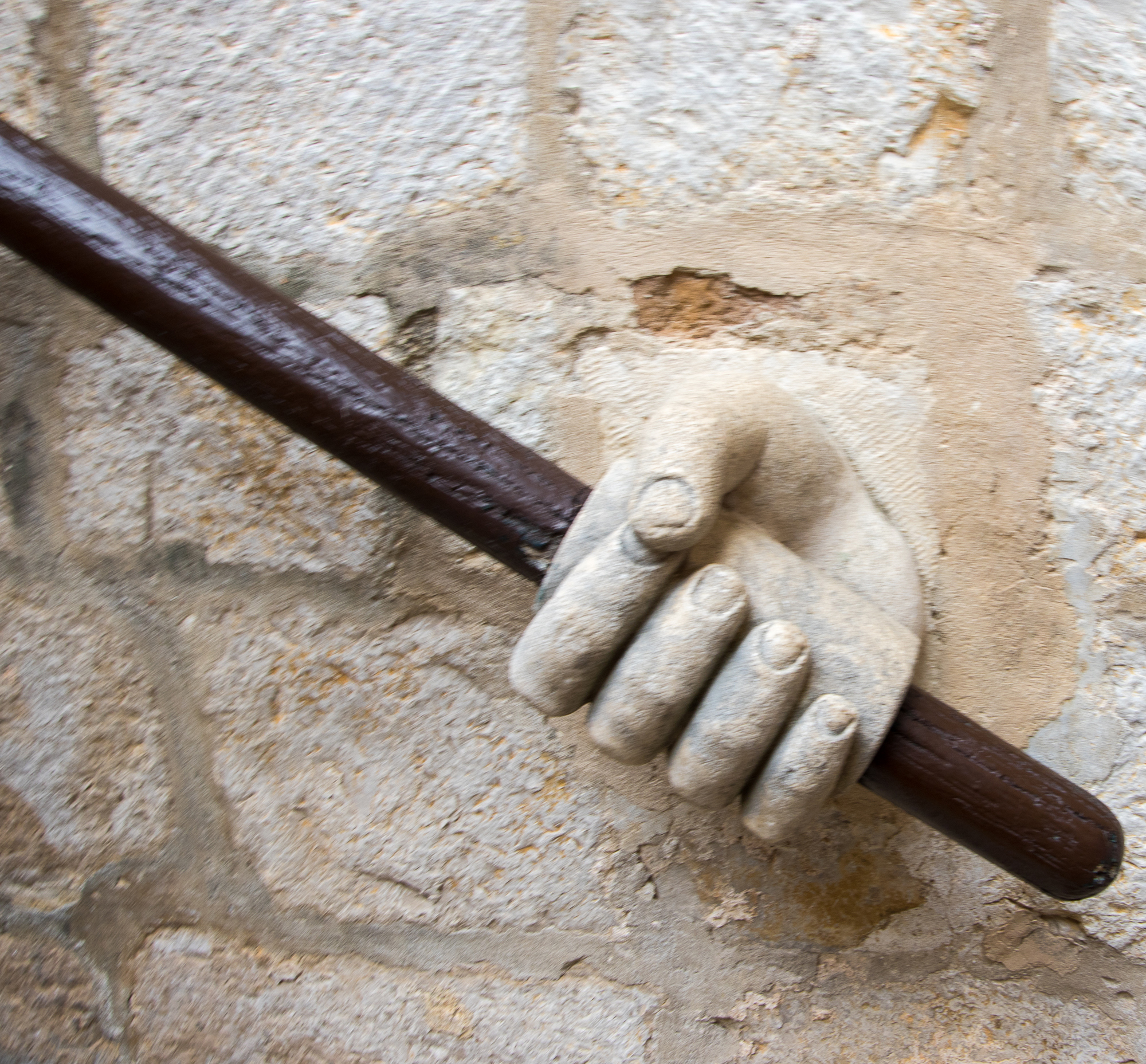
Projection is not limited to inkblots. In the last few years, there has been quite a bit written about the process of decision making and how irrationality is projected into the process by irrelevant “noise” in the minds of decision-makers, by the system in which judgments are made, and from other sources as well. Those analyses have been directed more at eliminating unwanted influences that interfere with getting things right in decision-making and judgmental processes. On the other hand, what photographers do, consciously or not, is to tap into noise and utilize the mental flotsam and jetsam we all accumulate to project content into our vision. We need to harness as well as control noise, not eliminate it.
What is somewhat confusing is that there are different types of noise, so it behooves me to be a bit more specific about what I am and am not talking about. I am not referring to the cacophony of banging pots and pans, nor am I using the term as photographers customarily use it in discussions about sensor quality. The technical use of the term normally refers to the ratio of a signal to random interference that, unlike the signal, contains no information, i.e., the “signal-to-noise ratio”. For example, given a particular image (the “signal”), a good sensor has few specks (the “noise”) distributed throughout the frame and a not-so-good one has lots. The random specks do not contribute information, in any usual sense, to the image. Remember the “snow” on old TV sets with rabbit ear antennas? That’s electronic noise.
What we are discussing here, and how I am using the term “noise”, is more in the nature of “psychological noise” which encompasses stuff like preconceived notions, one’s mood, attitudes towards this, that, or something else, past experiences, and what you had for breakfast. It can produce either predictable or unpredictable “decoding” of a signal. In simpler language, it influences what you see, how you see it, and how you interpret what you see. Given its influence, psychological noise certainly contains what we commonly understand as information, unlike technical noise. That’s the information I will be talking about and the way I am using the term “noise”. It is the same kind of information that influences Rorschach responses.
Noise is not the same as “bias”, which is a conscious bent in some direction, more easily ferreted out, but certainly no less influential. When you have an agenda and you are out to implement it, you have a bias.
A lot of this stuff is quite amorphous and somewhat loosey-goosey. What is not so amorphous is that there is no doubt that background, personality, education, and, generally, non-photographic experience, are important components of your personal noise and will affect what potential images attract your attention and how you record them. What derives from your life experience is a given component but there is also a large fraction of focused material that is rattling around in there. And, that being the case, there is also no doubt that, in addition to your noise, you can “prime” your responses to what you encounter by putting into and keeping in your head for ready retrieval, content, and structure from which to draw in the form of what I call a mental “template.”
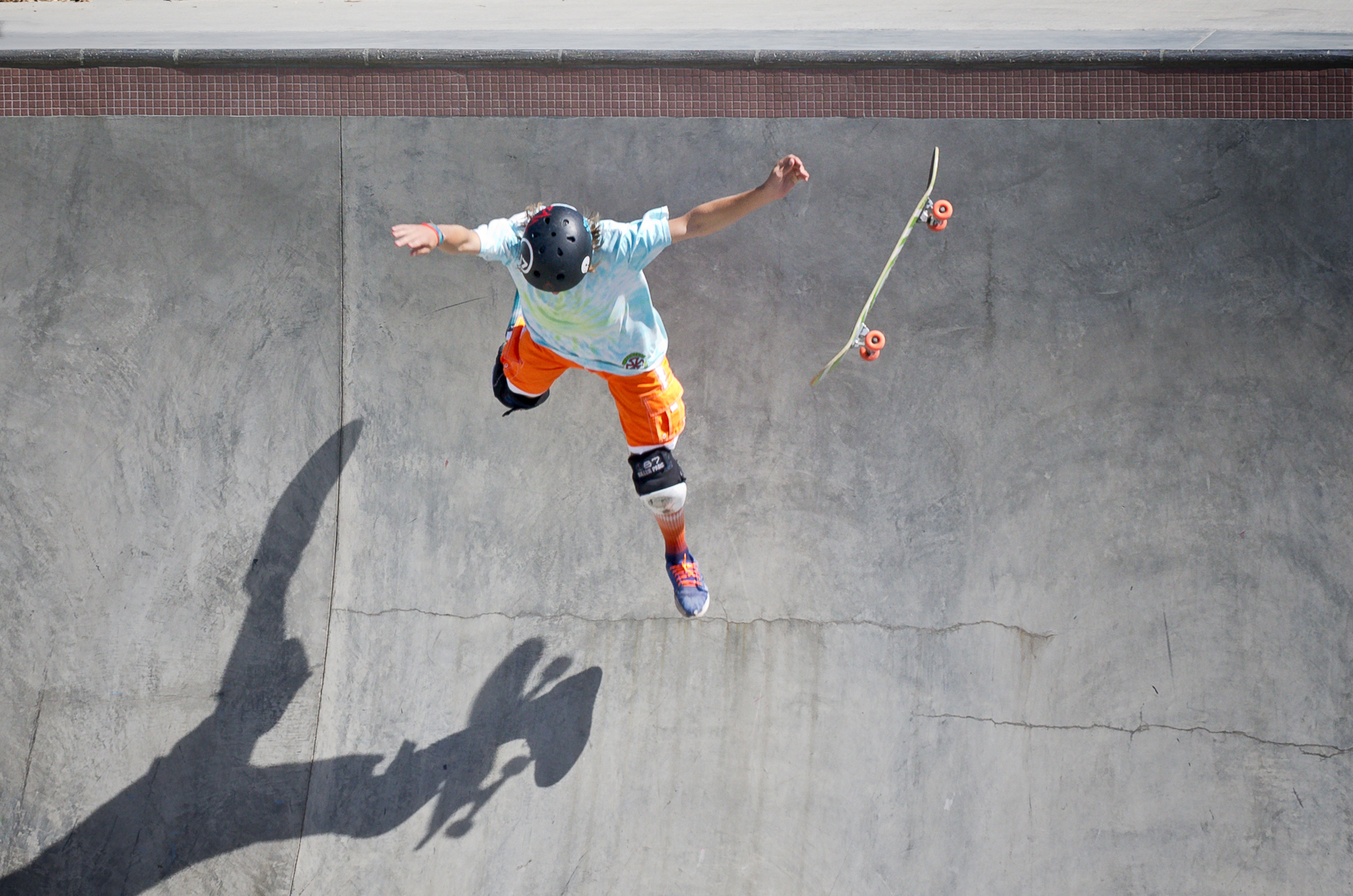
By this, I don’t mean memorizing some sort of checklist, although checklists have their place. I do not know anyone who walks around with a camera in one hand and a clipboard in the other. But everyone has several kinds of virtual “templates” in their head against which, as with templates generally, they compare, measure, and understand what they see, hear, or otherwise experience. There is a lot of noise as well as cultivated learning that make up those templates.
How a perceived circumstance is revolved upon, fit onto or within, or adjusted to someone’s template and whether that process produces some kind of alignment we consider standard or something unusual is the difference between the mundane and the creative. Photographers characterize those who align things on their templates in an unusual and creative way as “having a good eye.”
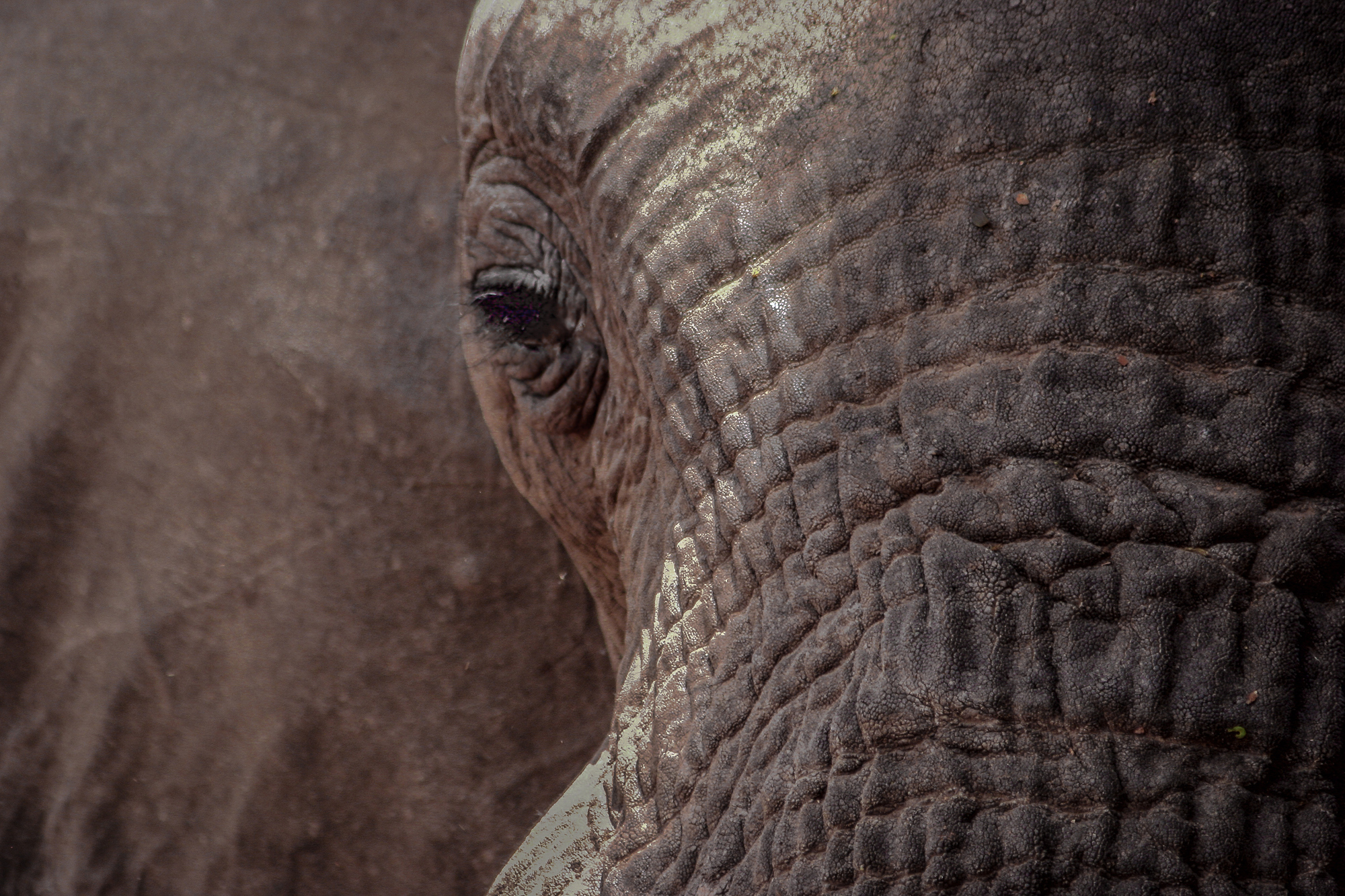
If a creative result is in part dependent upon having an interestingly arrayed template, how do you create such a template? Information comes into one’s head, in my view, either serially or in parallel. What I mean by that is that you gain knowledge either by receiving bits of information piece by piece, one after the other or, alternatively, all at once in a way that washes over your consciousness kind of like a wave. The analogy would be that serial information is more like Morse code reception versus looking at an image from which the viewer absorbs information in a more parallel, wavelike form. Of course, it is possible that readers under 60 might not even know what Morse code is (••• − − − •••), so perhaps a more current analogy is the transmission of digital information over the internet in packets, one after the other.
Whatever your preferred analogy, once serial transmissions are received, they have to be decoded and assembled into some kind of understandable form, be it a word, a symbol, or an image. Aggregate enough of these and you get sentences, concepts, and all the other stuff that goes into our heads. And when you accumulate enough of these things they begin to form templates that we then can use to absorb and interpret the waves of information that come to us in parallel form, such as looking at a scene that is a potential photograph. Parallel absorption is quicker and relies heavily upon our established templates.
Whether the stuff in our heads that forms into our templates comes in from our non-specific general life experience (noise) or from more directed learning and recollection, each colors the other and which counts for what is not always important. Whatever its source, our minds’ associative powers latch on to what’s there, often in unexpected ways, and for better or worse, influence our judgments and decisions, including what we point the camera towards and why we do or do not include things in the frame.
Of course, study and training contribute to our templates and over time much of that diffuses into non-specific noise. If we want our responses to those kinds of resources to be more automatic and on a reflexive level they have to be reinforced to the point of instinct. The so-called “10,000-hour rule” is a popular rule of thumb about how long it takes to internalize a complex discipline. It is a useful but apocryphal generalization with all kinds of exceptions and variables such as intelligence, opportunity, teachers, quality of time spent, and let us not forget talent. That said, it makes its point.
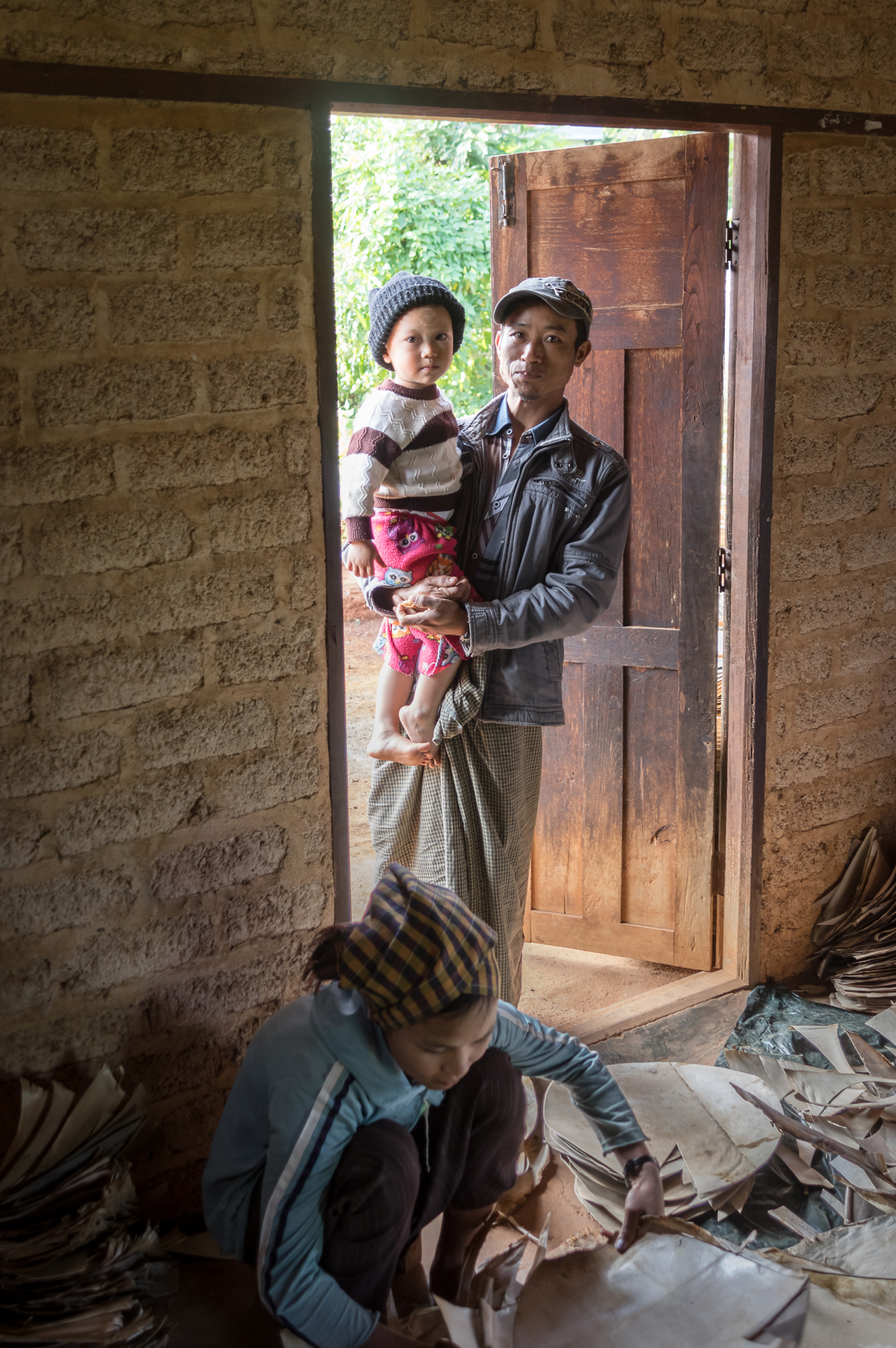
How and how fast a template gets accessed is interesting. Daniel Kahneman in his book Thinking, Fast and Slow, talks about one’s automatic mental responses being “System 1” (thinking fast) and your more contemplative evaluations as “System 2” (thinking slow). The reality is there is a continuum from one to the other, but the two-part division is useful for distinguishing what is going on. His discussion is in the context of getting decisions right or wrong and making accurate judgments, which is not our focus, so to speak. But it does carry the important insight that System 2 thinking can condition System 1’s response (10,000 hours?) and, to some extent, vice versa. And so it comes as no surprise that you can condition yourself to have a relatively automatic, relevant, contextual System 1 response full of noisy personal idiosyncrasies in reaction to a particular choice of photographic subject or, if you must, a consistent pattern of personal noise around a given signal. The noise will often reveal as much about the photographer as the choice of signal when an image is created and, if consistent, becomes an identifiable style.
This insight also tells us that when it comes to the automatic or, better described for our purposes, an intuitive response, you don’t have to simply react like a cork on the ocean. You can condition yourself to make better off-the-cuff decisions by getting System 2 to make System 1 ready to react. How? The same way you get to Carnegie Hall — practice, practice, practice. The more often you access these kinds of resources the more familiar they become and then the faster and easier they are to access again. Being aware of what influences are working on you or what influences you want to work upon you is very important but deliberation becomes secondary. Wear out your shutter!
There isn’t much you can do about the existing life experience forces that will influence your image decision choices. They are what they are. But you can always add to them even if you can’t effectively edit them. I can’t recall the RIT luminary who said it, but the observation was to the effect that if you are dissatisfied with your photographs, you have to read more (he wasn’t talking about photography books!). It’s not just reading. One has to expand the general and non-specific resources that will influence your choices and inform how you view, evaluate, and react to things in your own strange and mysterious way that is a function of your template.
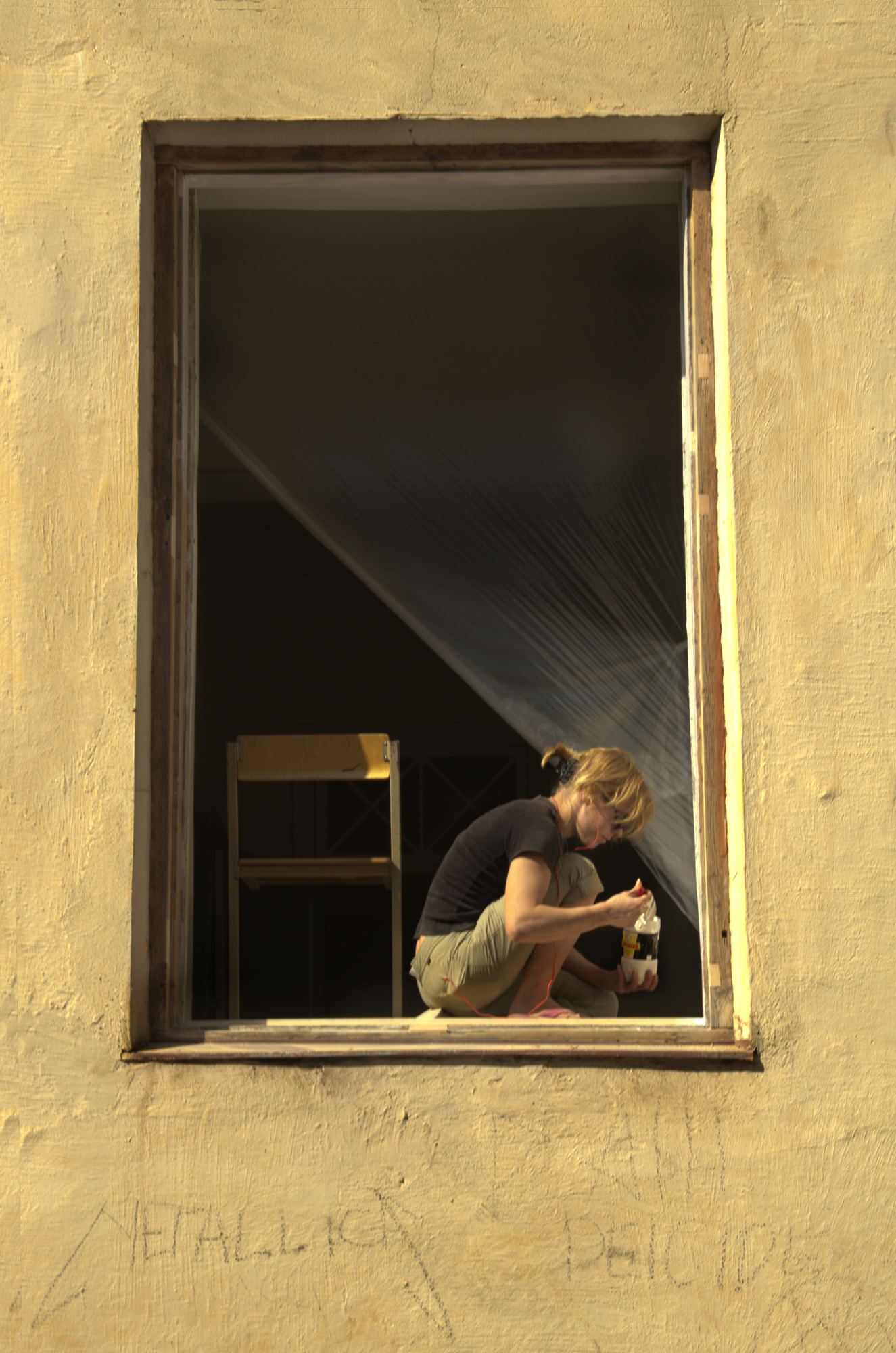
You can also do more in terms of sensitizing yourself to what initiates these associative juices. The first step is to understand that in almost all situations you are not simply “taking a picture” – you are “making an image.” And as many a photography wonk has asked, “What is the photograph about?” This is a basic requirement even for forensic photography. The first intuitive response you need to condition yourself to apply is not to press the shutter unless the image you are going to create is about something. This can apply to a single image or an entire project you embark upon. It almost doesn’t matter what just so long as you have something in mind – color, shape, pattern, pathos, gesture, your cat, dirt – whatever. The intention is the initiating impulse. That initial intent is what starts the first level of associative juices flowing. The associations are already lurking and all you have to do is nudge them forward by deciding what the image(s) is(are) about.

Once you make the mental commitment to some intention – what an image is to be about – an entire cascade of associations involuntarily comes tumbling down, whether or not you realize it. Your life experiences are a given. You construct a story, rational or emotional. Your aesthetic preferences kick in. You summon up your technical reactions. And what you have primed yourself to look for is right there. The sum total of what you perceive is evaluated against and nurtured by your template. You then project onto the scene the sum total of the inputs and press the shutter. Bingo!
Lest you think that this process is confined to grab shots or some other kind of run-and-gun shooting, think again. The contemplative landscape shooter and even the studio shooter navigates the same paths as the sports shooter or street photographer, but with different cultivated sensibilities. There may be more or less of System 1 or System 2 input, but that is a difference on a continuum, not a “one or the other” distinction.

To be sure, there are situations in which all of this is manipulated. So, for example, advertisers and marketing psychologists may carefully design images with context and content triggers calculated to resonate with viewers so that they buy more soap, fancy shoes or beer. Props and picking evocative backgrounds for posed shots are commonplace. Even so, art directors and photography editors seek out photographers who have their own “look” and that flows from individual projective templates.
A few words about photographic technical prowess are in order here. To at least the level of basics and then some, it has to be part of the System 1 reactive, instinctual priming because without that you cannot smoothly implement what your reactions and projections are telling you to do. You can’t run before you can walk and you can’t do calculations before you can add, subtract, multiply and divide. I once heard an accomplished jazz musician say that before you could be musically creative “you have to know your axe.” So, too, in photography, you have to instinctively know your technical medium or you will not be able to give flight to your fancy.

All of these observations can be applied with some tweaks to post-capture processing and editing in general. I am not a slavish advocate to “getting it right in the camera” because the glass lens does not function like the human eye and for me, the end result has to be an acceptable image, not just an accurate recorded picture. But, at the least, you have to have something you can work with, and the better it is the better chance of an acceptable end result. The recorded sensor image is the score and post-processing is the performance, to paraphrase Mr. Adams. And, of course, without a decent score there cannot be much of a performance. It is important to keep in mind that all of the influences that affect you when you are preparing to press the shutter are still there, influencing you and accessible when you descend into the Netherworld of the Sliders.
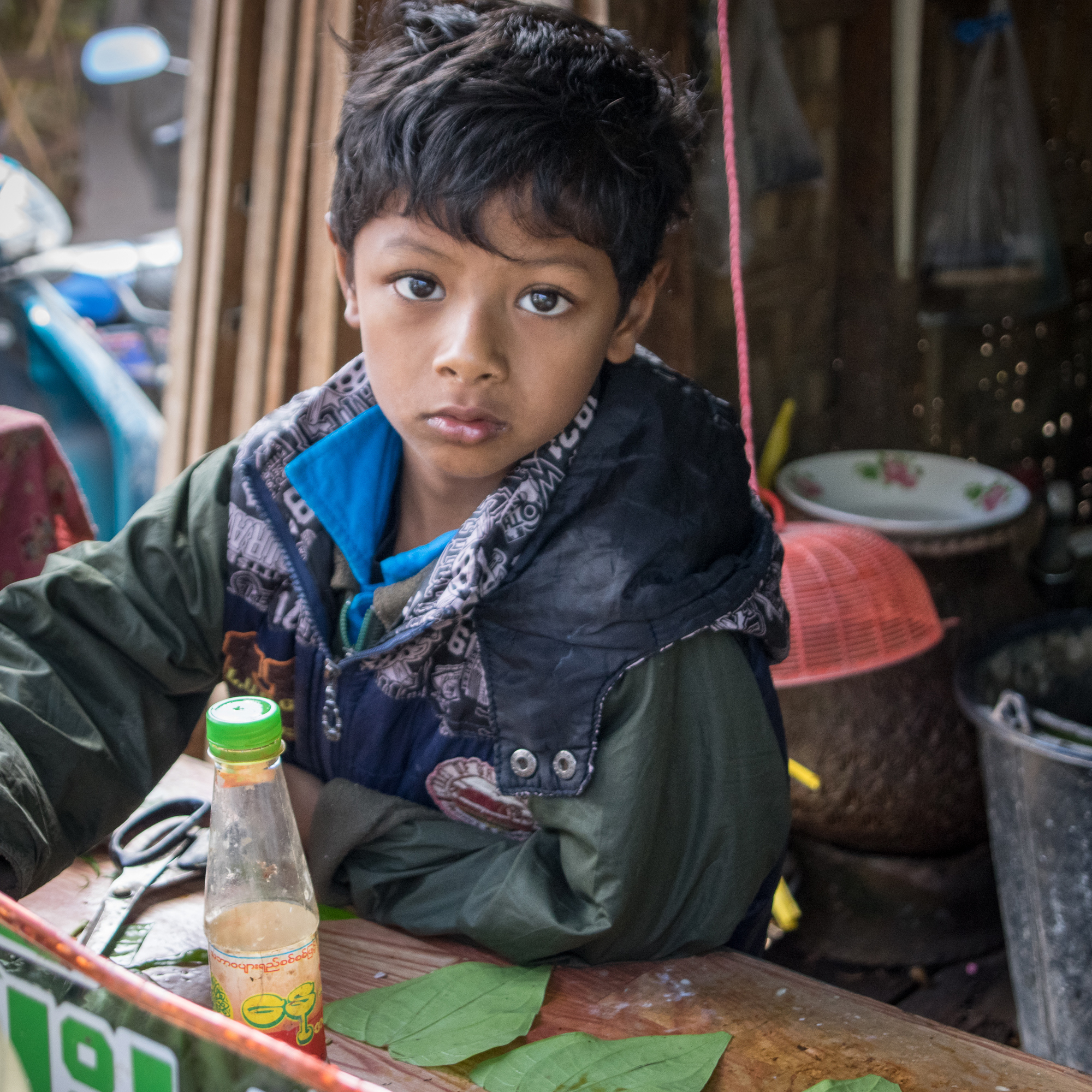
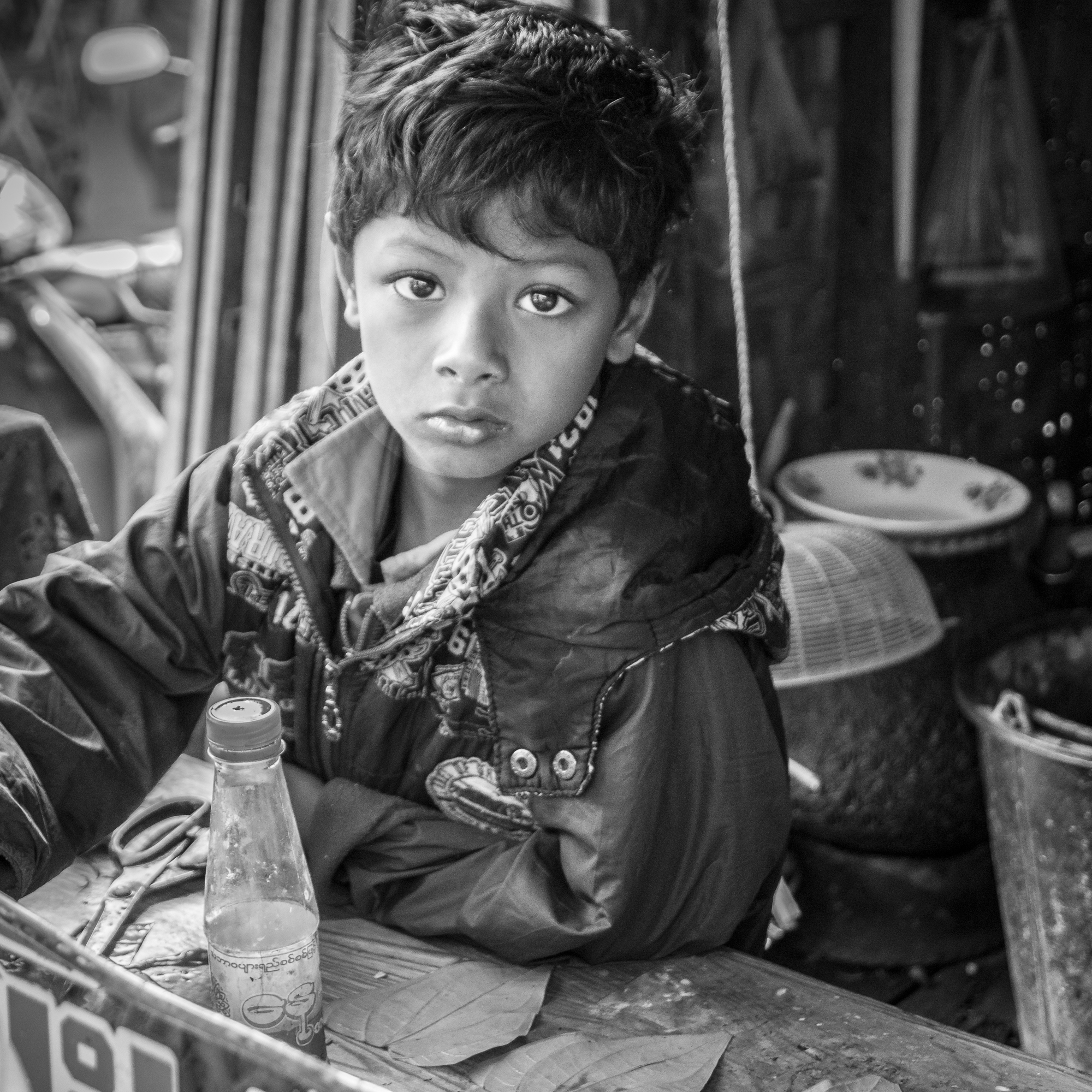
Post capture processing decisions tap the same kinds of mental processes as image capture. Ask yourself what associations you bring to the image that make you prefer one version over the other?
After all, is said and done, you hope to emerge with an image, informed with your particular frame of reference, that will communicate some meaning or insight to viewers. When the image is published in one form or another, it will fledge out to a life of its own and viewers will then project onto it their own set of notions, preconceptions, and associations — reacting to it like a Rorschach inkblot. Their reactions will probably surprise, maybe appall, and perhaps delight you but rarely will they be what you expected. And that’s part of the fun of it.
Paul Rubner
September 2021
Golden, CO
Paul Rubner is a retired attorney who has for the past 14 years been Colorado based photographer. He now concentrates on story telling through image creation rather than just picture taking. His images are not really intended to be in any fixed category – what one individual may think of in terms of a fine art print, another may see as an illustration, a project piece, or part of a collection of like or disparate images. Subjects span from environmental portraits to landscapes, although images of people are his preference. His images can be considered singly or as a series that is evocative in some larger sense. One can never fully predict what the photographer or others will find meaningful, and the viewer will therefore find a myriad of subjects, contexts, and styles. Most of his images have had post-capture processing applied to them. For black and white images, care has been taken to insure a full tonal range. And for some, manipulation to achieve simplification and abstraction has been extensively applied.








